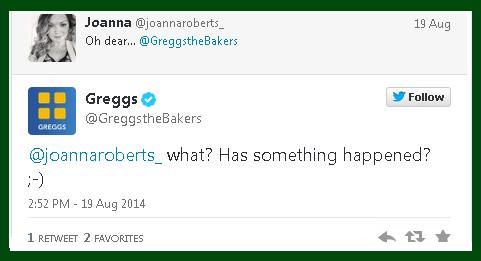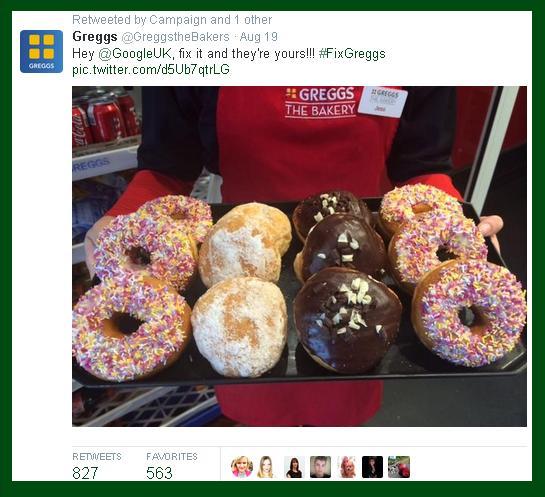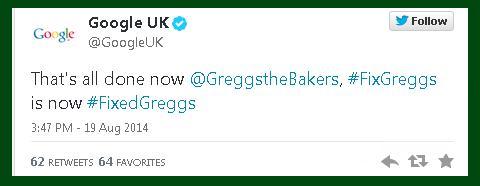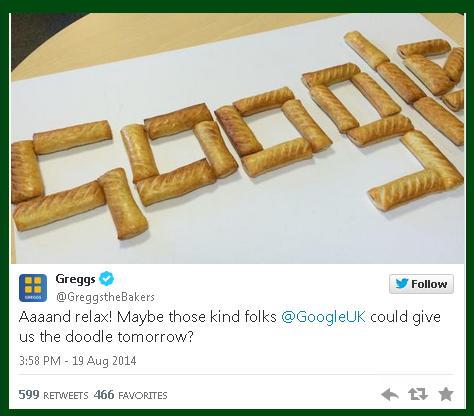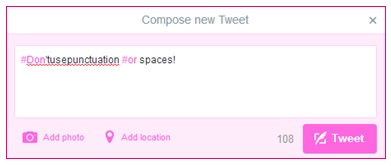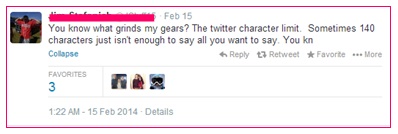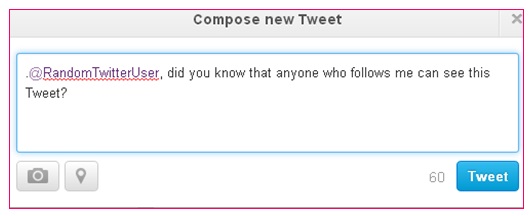Twitter has just released its Twitter analytics dashboard to all users (as long as you've had an account for at least 14 days) and we love it! Unlike some more complicated and in-depth analytics tools, Twitter's dashboard is very basic and easy to use.
Log in to your Twitter account and go to:
http://analytics.twitter.com/.
A dashboard will then display the "performance" of your recent tweets.
Because the Twitter timeline moves so fast with constant updates and interactions, it's often said that a tweet has a "life" of just a few minutes and hardly anyone sees it unless you're lucky enough to get retweeted by a celeb or influential tweeter.
With Twitter Analytics, you can now find out how far the lifespan of your tweet has actually reached.
The dashboard shows you how many impressions your tweets have earned over the last 28 days, including a breakdown per tweet of impressions (how many times users saw the tweet), engagement (how many times a user has interacted with the tweet) and the engagement rate (engagement divided by impressions).
If you want a high level of engagement on Twitter, here's what you have to do:
Find out the real reasons that your followers find you interesting. If you start to notice a pattern in the types of tweets that spark a lot of engagement compared to those that don't, adjust the content you share accordingly.
Here's Twitter's official guide on how it works.
For further advice or info on social media analytics, get in touch: @LambintheCity or 020 7264 7880
photo credit: opensourceway




